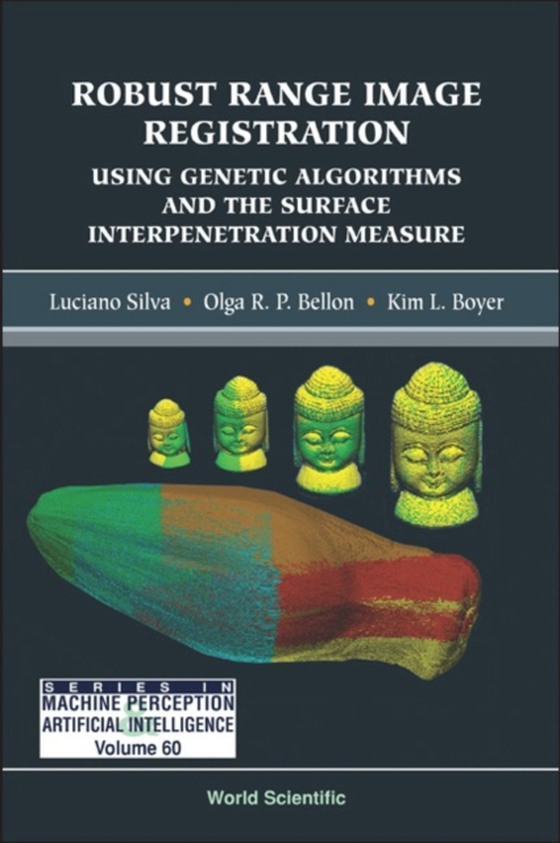
Robust Range Image Registration Using Genetic Algorithms And The Surface Interpenetration Measure e-bog
337,32 DKK
(inkl. moms 421,65 DKK)
This book addresses the range image registration problem for automatic 3D model construction. The focus is on obtaining highly precise alignments between different view pairs of the same object to avoid 3D model distortions; in contrast to most prior work, the view pairs may exhibit relatively little overlap and need not be prealigned. To this end, a novel effective evaluation metric for regist...
E-bog
337,32 DKK
Forlag
World Scientific
Udgivet
13 december 2004
Længde
176 sider
Genrer
UYQP
Sprog
English
Format
pdf
Beskyttelse
LCP
ISBN
9789814481281
This book addresses the range image registration problem for automatic 3D model construction. The focus is on obtaining highly precise alignments between different view pairs of the same object to avoid 3D model distortions; in contrast to most prior work, the view pairs may exhibit relatively little overlap and need not be prealigned. To this end, a novel effective evaluation metric for registration, the Surface Interpenetration Measure (SIM) is defined. This measure quantifies the interleaving of two surfaces as their alignment is refined, putting the qualitative evaluation of "e;splotchiness,"e; often used in reference to renderings of the aligned surfaces, onto a solid mathematical footing. The SIM is shown to be superior to mean squared error (i.e. more sensitive to fine scale changes) in controlling the final stages of the alignment process.The authors go on to combine the SIM with Genetic Algorithms (GAs) to develop a robust approach for range image registration. The results confirm that this technique achieves precise surface registration with no need for prealignment, as opposed to methods based on the Iterative Closest Point (ICP) algorithm, the most popular to date. Thorough experimental results including an extensive comparative study are presented and enhanced GA-based approaches to improve the registration still further are proposed. The authors also develop a global multiview registration technique using the GA-based approach. The results show considerable promise in terms of accuracy for 3D modeling.
 Dansk
Dansk

